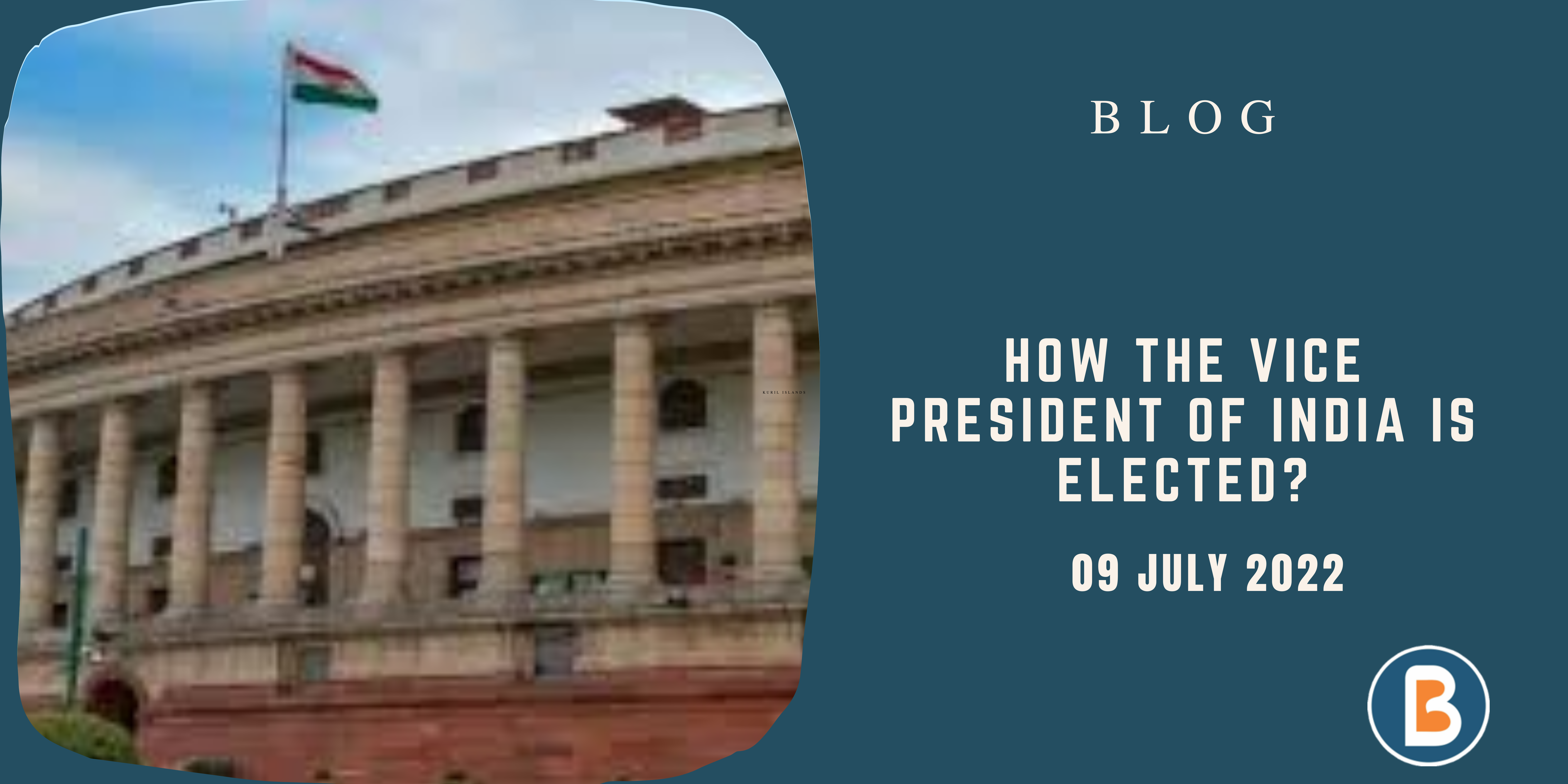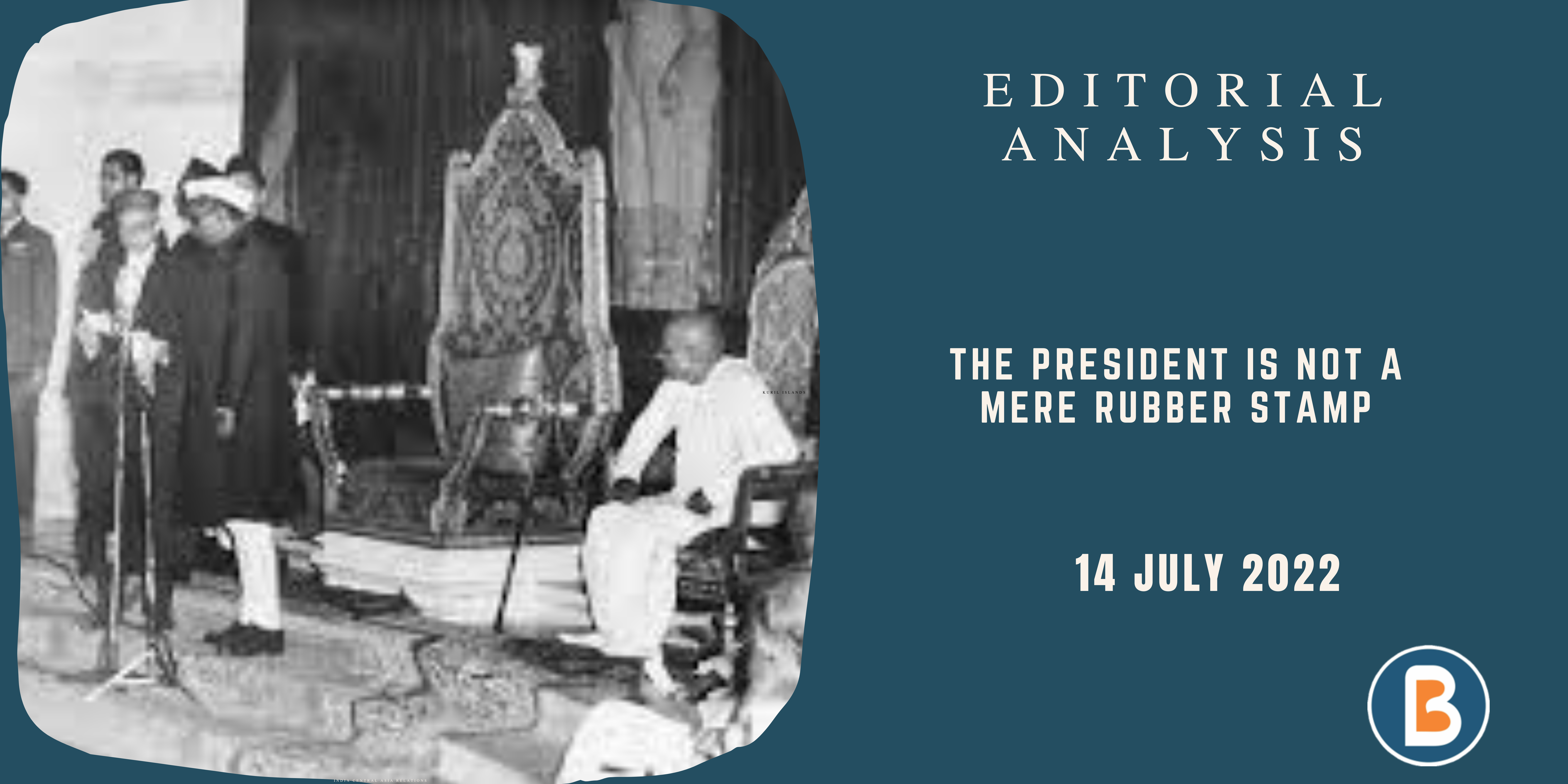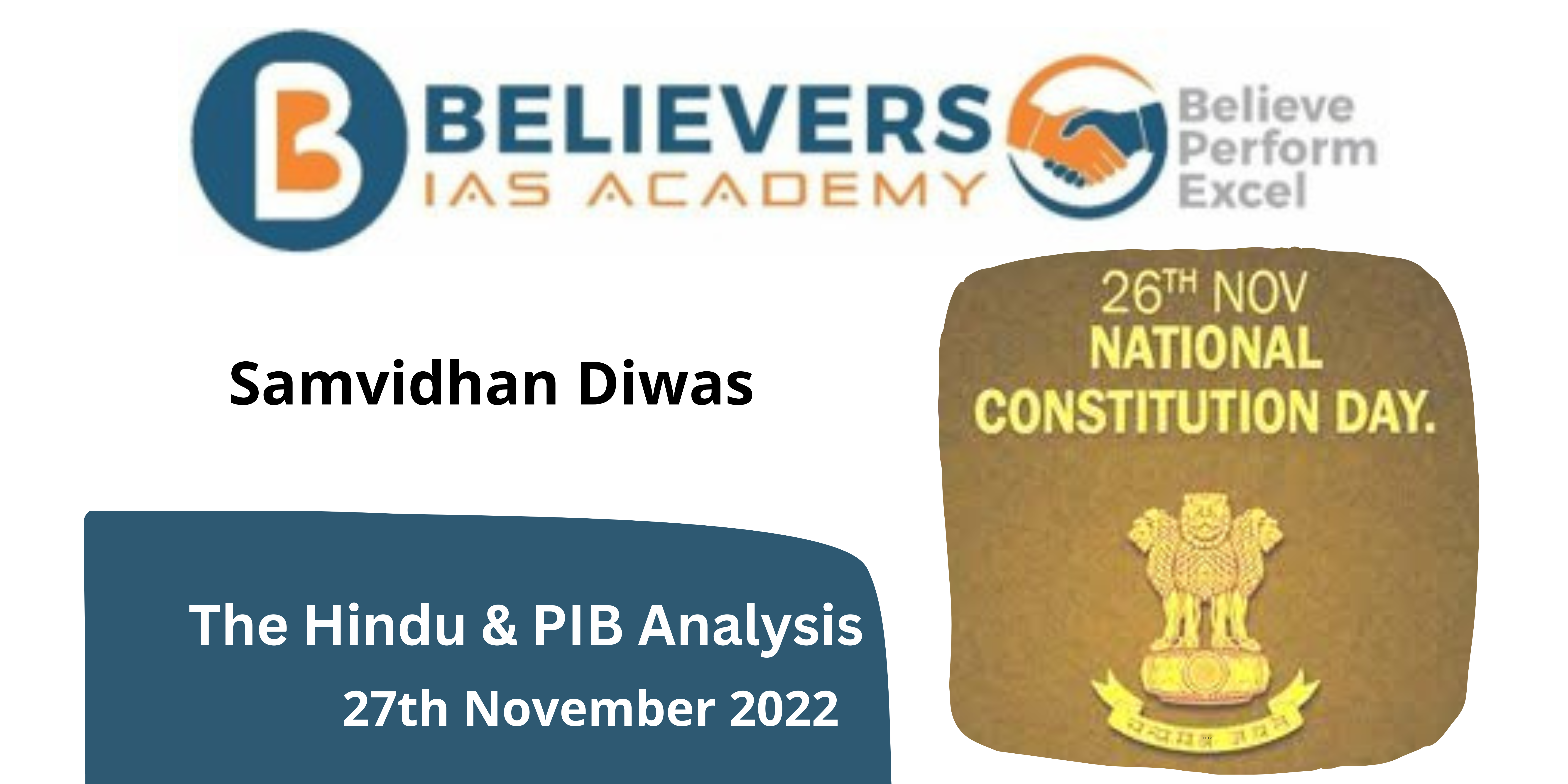How the Vice President of India is elected?
Context:
- The Election Commission of India has recently (July 5) issued the notification for the election of the Vice President of India.
- The term of office of Vice President M Venkaiah Naidu comes to an end on August 10.
About the Office of the Vice President
- The Vice President occupies the second highest office in the country.
- Article 63 of the Constitution states that “there shall be a Vice-President of India”.
How is he elected?
- Article 66 – It says the Vice-President “shall be elected by the members of an electoral college consisting of the members of both Houses of Parliament in accordance with the system of proportional representation by means of the single transferable vote and the voting at such election shall be by secret ballot”.
- Electoral College consists of 233 elected members of Rajya Sabha, 12 nominated members of Rajya Sabha, and 543 elected members of Lok Sabha, adding up to 788 members.
How is it different from the presidential elections?
- The electoral collage consists of both elected and nominated members of the parliament but in Presidential elections only elected members are present.
- It does not include the members of the State Legislative Assemblies as in the case of Presidential elections
What are the qualifications?
- He should be a citizen of India
- He should have completed 35 years of age
- He should be qualified to be a member of Rajya Sabha
- He should not hold any office of profit under the Union Government or any State Government.
Term of office
- Term – 5 years
- He can resign from the office at any given point of time addressing the resignation to the President.
- Removal – A formal impeachment is not required for his removal.
- He can be removed by a resolution of the Rajya Sabha passed by an absolute majority and agreed by the Lok Sabha.
Powers & functions
- He acts as the ex-officio Chairman of Rajya Sabha. In this capacity, his powers and functions are similar to those of the Speaker of Lok Sabha.
- He acts as President when a vacancy occurs in the office of the President due to his resignation, removal, death or otherwise.
- He can act as President only for a maximum period of six months, within which a new President has to be elected. Further, when the sitting President is unable to discharge his functions due to absence, illness or any other cause, the Vice-President discharges his functions until the President resumes his office.
- The election of a person as Vice-President cannot be challenged on the ground that the electoral college was incomplete (i.e., existence of any vacancy among the members of the electoral college).
For more updates, Click Here




